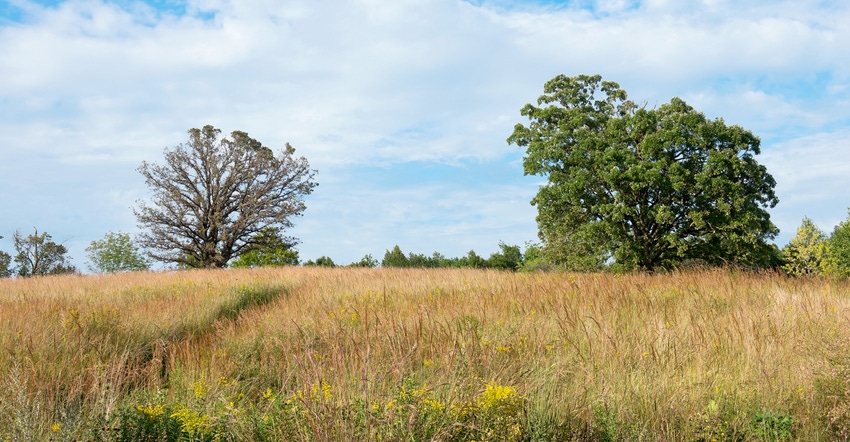
Farmers located in the U.S. prairie pothole region, including Minnesota and the Dakotas, are eligible to sign up now for the Soil Health and Income Protection Program which provides a short-term option to plant cover on less productive agricultural lands.
The signup runs until July 16.
SHIPP is a voluntary program that allows contracts with agricultural producers for terms of three, four or five years. SHIPP participants must plant the lowest-practical-cost perennial cover for a conservation use. Recently expired Conservation Reserve Program acres are not eligible for enrollment.
“SHIPP pays farmers to take their most unprofitable land out of annual crop production, while at the same time improving soil health, providing wildlife habitat and supporting livestock producers by allowing appropriate haying and grazing,” says Zach Ducheneaux, USDA Farm Service Agency administrator.
USDA made improvements to the SHIPP program in Minnesota, South Dakota, North Dakota, Iowa and Montana on a maximum of 50,000 acres. Improvements include:
Boosted rental rates. USDA made a change to the rental rate calculation method to use a rate equivalent to 50% of the county average rental rate for every offer in the county, regardless of the soil productivity in the offer. This removes the current practice of adjusting the rate by soil productivity factors, which may reduce the soil rental rate further.
Changes to offer selection for producers. Producers can now self-certify that the acres they want to offer are less productive or prone to drought or flood damage. Additionally, they can now use field boundaries and straight lines to delineate the offers. This is a change to the previous policy, which required using soil map unit boundaries and the associated soil productivity values, which created difficulty for producers by generating unusual and impractical sizes and shapes of land.
Farmers interested in SHIPP can learn more at fsa.usda.gov/crp or by contacting their local USDA Service Center.
Service Center staff continue to work with agricultural producers via phone, email and other digital tools. Because of the pandemic, some USDA Service Centers are open to limited visitors. Contact your service center to set up an in-person or phone appointment.
SHIPP is part of the options available through CRP. Updates to SHIPP are part of a broader group of changes to increase enrollment and climate-smart outcomes. Learn more in the Farm Service Agency's April 21 news release or the What’s New with CRP fact sheet.
FSA will announce additional details soon on sign-ups for CRP Grasslands, and Clean Lakes, Estuaries and Rivers’ 30-year contracts.
USDA FSA contributed to this report.
About the Author(s)
You May Also Like






